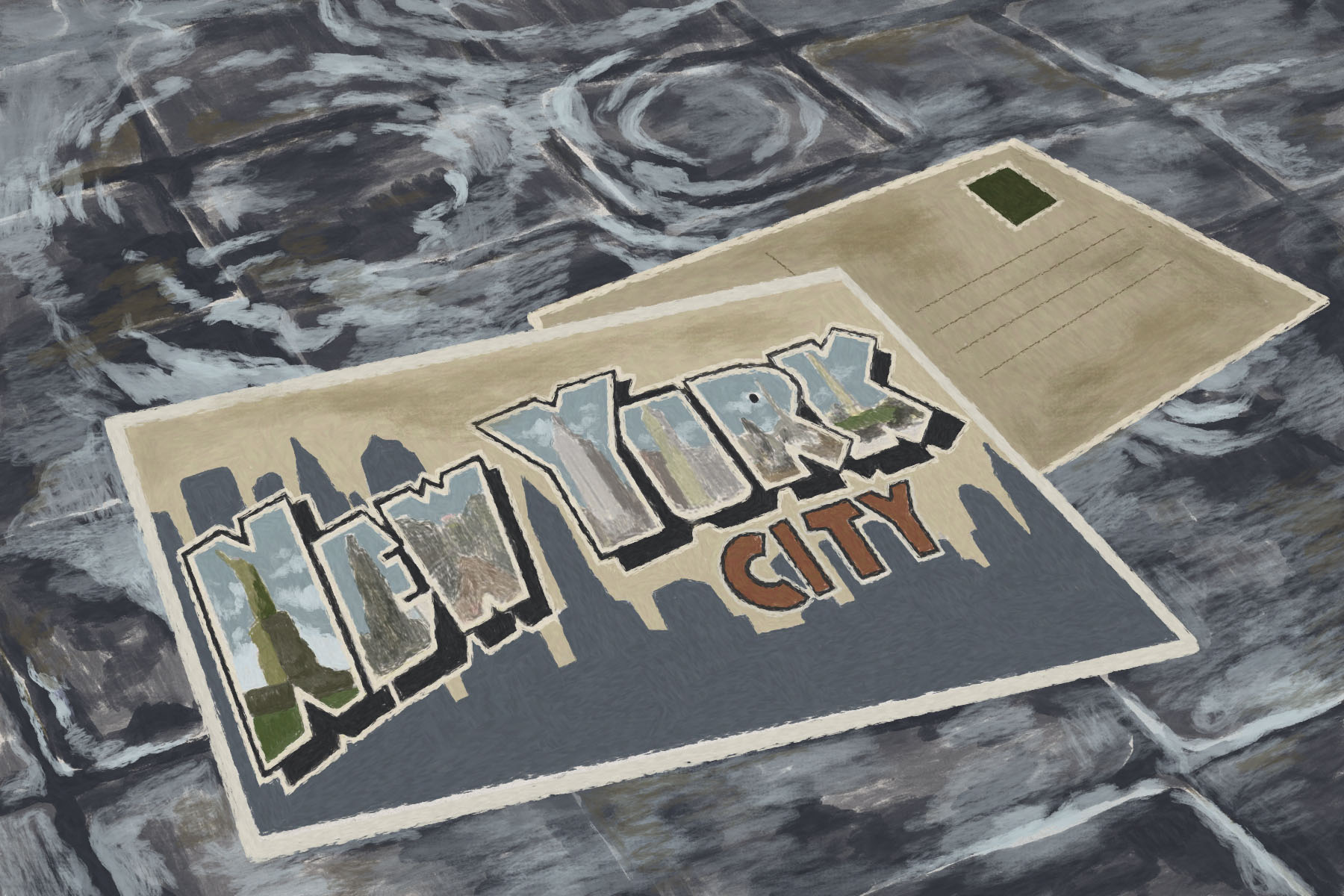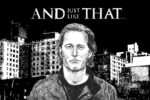The essays “My Lost City” by writer F. Scott Fitzgerald and “A New York Adolescence” by historian Lewis Mumford capture this rise in both building height and emotional fervor, with Mumford’s adolescent vision chronicling this boom’s beginning as Fitzgerald describes the city at its most hectic.
New York City is an ever-changing hub of activity, a city full of people who never stop pursuing their dreams.
Authors such as Edith Wharton and James Baldwin and filmmakers like Spike Lee have attempted to capture this effervescent pulse of New Yorkers, each depicting a unique portrait of the great metropolis.
The early 1900s was a key time period in the city’s history, as great skyscrapers began dominating the city’s skyline. This boom ramped up after World War I, when the roaring 20s provided a release of excessive passion and monetary prowess.
F. Scott Fitzgerald explored the fabric of upper-class New York society, particularly that of suburban Long Island in his 1925 novel “The Great Gatsby”. This portrait of the Jazz Age provides an illuminating glimpse into the life of upper class socialites wreaking havoc around town.
In Fitzgerald’s 1932 essay “My Lost City,” he expands on this feverous vision by describing his personal encounters with the great city of New York, both at its height and gradual decline.
Fitzgerald was originally from Minnesota, so his first glimpse of New York was that of an outsider:
“There was the first ferry boat moving softly from the Jersey shore at dawn—the moment crystallized into my first symbol of New York.”
He eventually made New York his home during a large part of the 1920s. His perspective of becoming an adopted New Yorker is not unusual, as many people come from around the world to chase their career and life goals in the great city.
After his time as a Princeton college student, Fitzgerald’s goals seemed more inclined to pleasurable activities: “For us the city was inevitably linked up with Bacchic diversions, mild or fantastic.” Whether taking drinks at the luxurious Plaza Hotel, or his own tiny apartment in the Bronx, Fitzgerald’s view of New York is often filtered through the filmy lense of alcohol.
This clouded vision does elicit some lucid illustrations of the city both at its most grotesque and most tranquil:
“Whole sections of the city had grown rather poisonous, but invariably I found a moment of utter peace riding south through Central Park at dark towards where the façades of 59th Street thrusts its light through the trees. There again was my lost city wrapped cool in its mystery and promise.”
Although his upper-class upbringing is demonstrated in his view of the city from the window of a taxi cab, New York City at night remains beautiful to many. His description of flickers of light is more beautiful than what most current tourists and newcomers encounter, the gaudy lights of Times Square that plague modern day New York.
These glimmers of tranquil beauty and raucous activity eventually come to a halt at the end of his essay. He leaves room to describe the ensuing events of the Great Depression, and how the excesses of financial ambition eventually stop to seem limitless.
“Full of vaunting pride the New Yorker had climbed here and seen with dismay what he had never suspected, that the city was not the endless succession of canyons that he had supposed but that it had limits—from the tallest structure he saw for the first time that it faded out into the country on all sides, into an expanse of green and blue that alone was limitless.”
Fitzgerald draws a parallel between the limits and destruction of American westward expansion as compared to the development of the great eastern city. Eventually bankers and financiers received their comeuppance, and sent the country into a prolonged period of decline.
Fitzgerald’s essay uses precise personal observation to describe the quickly changing social climate of the Jazz Age, and in the process creates a fantastic portrait of New York.
While Lewis Mumford in his nonfiction writing mainly focused on architecture and how cities develop, his 1937 essay “A New York Adolescence” primarily focuses on how he developed an interest in the field of writing in this vast urban center.
He grew up on the. Mumford’s early upbringing on the Upper West Side of Manhattan during the early 1900s was localized almost exclusively in the neighborhood.It was only when he began attending Stuyvesant High School on the Lower East Side that he really began to see the entire city.
He describes in the essay how this change of location expands not only his understanding of people, but also his appreciation of the fast-developing landscape of architecture:
“I watched the Public Library and the Grand Central Terminal during their building.”
Mumford witnessed New York’s burgeoning development, and became inspired enough by it to make it a feature of his professional work.
Stuyvesant’s science-heavy curriculum did not end up stirring young Mumford’s mind, but his high school literature classes did. His desire to become a writer led to newspaper work, where he could develop his craft.
Mumford describes in loving detail his work as a young newspaperman in New York, as he chased across the city to find the scoop. He did not want to have to constantly do this errand work, and so he sought out benighted classes at a local city college.
Mumford was pleasantly surprised by how wonderful his education at a small college in the city was, as it fully stimulated his intellectual passions. His description of his time at the school also leads to his best description of all of the possibilities that a city environment could offer:
“Often we would accompany one of our professors to his home, along Convent Avenue or Broadway, or sometimes a group of us, heady with the discussions started in the classroom, would stalk down Riverside Drive, matching outrageous puns, arguing about free will and determinism, bursting into irrelevant song. It had the intimacy that only a small college can give, plus the variety and intensity of stimulus that come in a great city.”
What makes both Mumford’s and Fitzgerald’s descriptions of New York in the early 1900s fascinating is their descriptions of how the urban landscape led to their development as young men.
Whether for good or ill, New York formed who these writers were as people, and we as readers are all the richer for it.
















